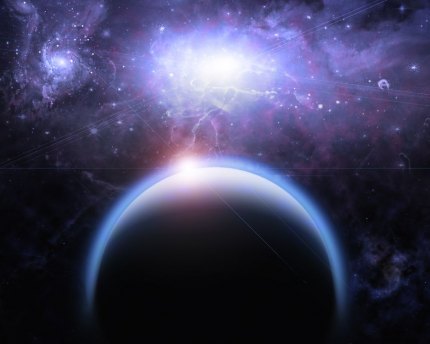Video:
Proxima b may not be in 'habitable zone'

Scientists are rethinking the definition of the "habitable zone."
As it turns out, scientists are having second thoughts about whether the planet could be habitable. In fact, they are reconsidering the entire definition of the term, habitable zone.
First, an explanation: When scientists talk about the "habitable zone" of a solar system, they generally mean the distance of a planet from its star (based on the star's strength) and whether the temperature of that planet might be suitable for water.
But now scientists say some planets thought to be in the habitable zone may not be able to support life because of stellar eruptions spewing "huge amounts of stellar material and radiation out into space," according to a NASA news release. "One possible effect of this radiation is atmospheric erosion, in which high-energy particles drag atmospheric molecules -- such as hydrogen and oxygen, the two ingredients for water -- out into space."
The planets impacted are orbiting young red dwarf stars. The most numerous stars in the universe, red dwarfs are described in Encyclopedia Britannica as “the smallest type of hydrogen-burning star.”
The frequency and severity of these flares is related to the star's age. Younger stars can produce eruptions 10 times more powerful than those observed on our sun, according to NASA.
So a "significant fraction" of planets that have been identified as possibly habitable may not be anything of the sort, according to research published in Astrophysical Journal Letters on Feb. 6 by a team from NASA and three universities.
Scientists may expand their definition of the habitable zone, taking into account space weather. Planets such as Proxima b -- the closest Earth-like planet theoretically orbiting in its star's habitable zone -- might be reclassified.
Based on the age of the star orbited by Proxima b, scientists believe that the planet may not be habitable, after all. Indeed, it may be subject to "torrents of X-ray and extreme ultraviolet radiation from super-flares occurring roughly every two hours," the NASA news release explains.
Related:
Are we alone? Scientists seek answers
A primer: Earth's cousin orbits distant star
Follow StudyHall.Rocks on Twitter.
If you would like to comment, give us a shout, or like us on Facebook and tell us what you think.

